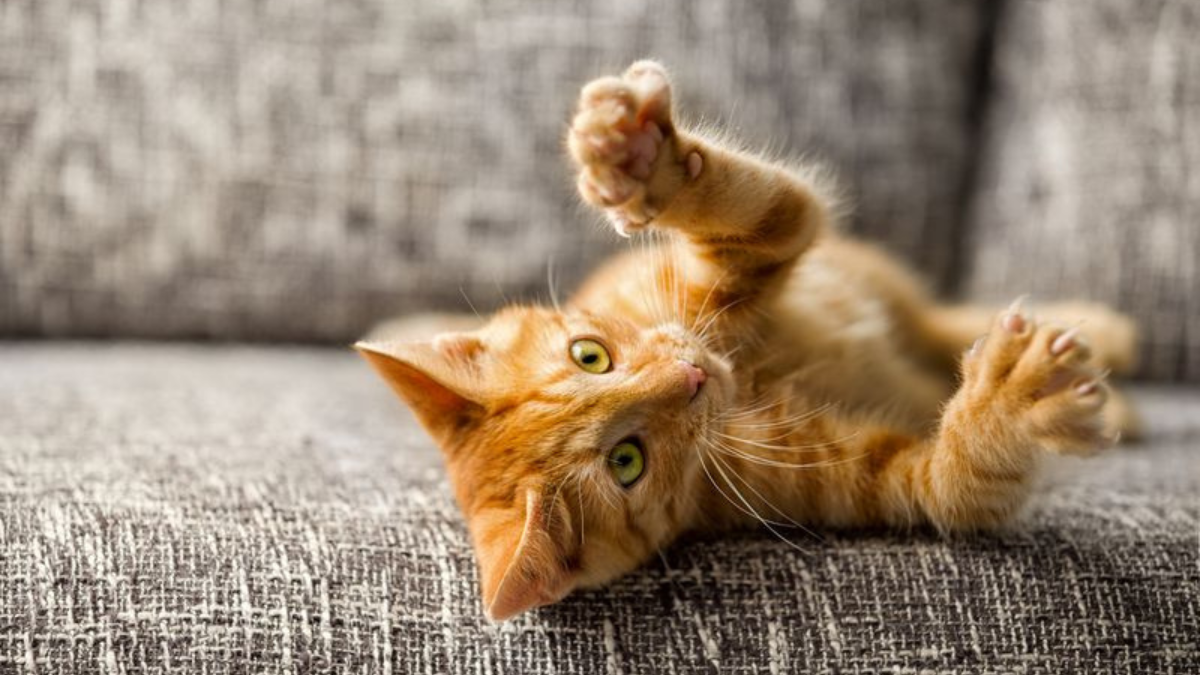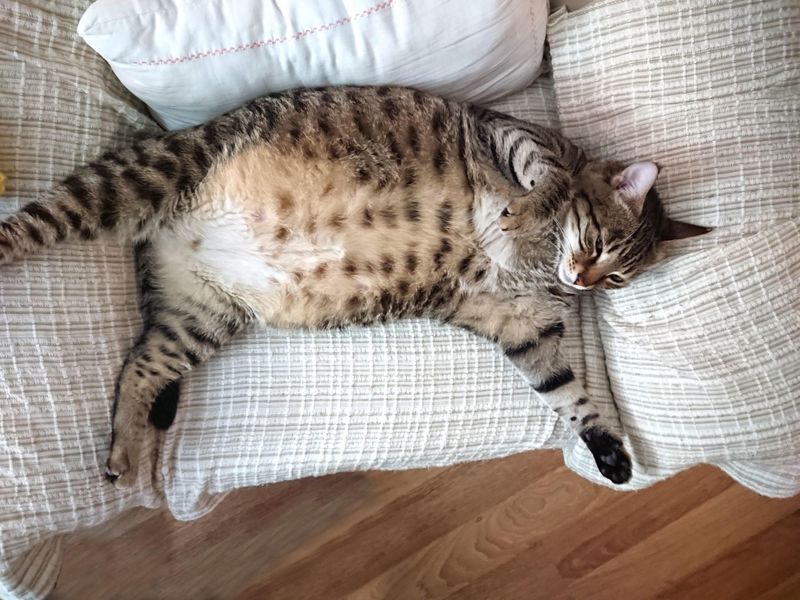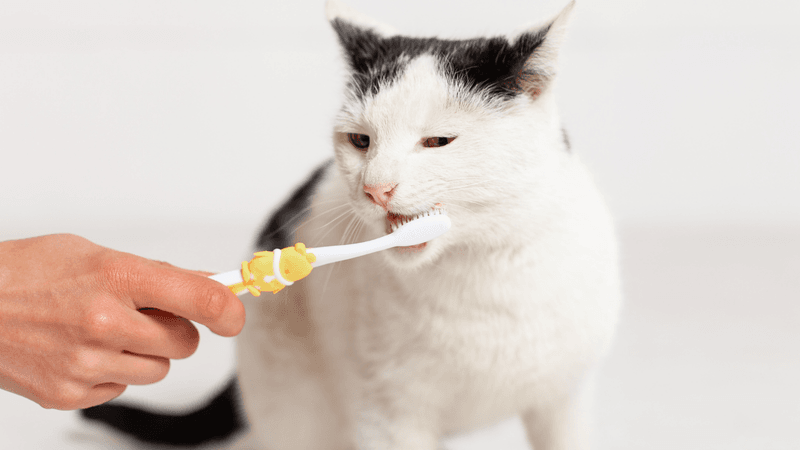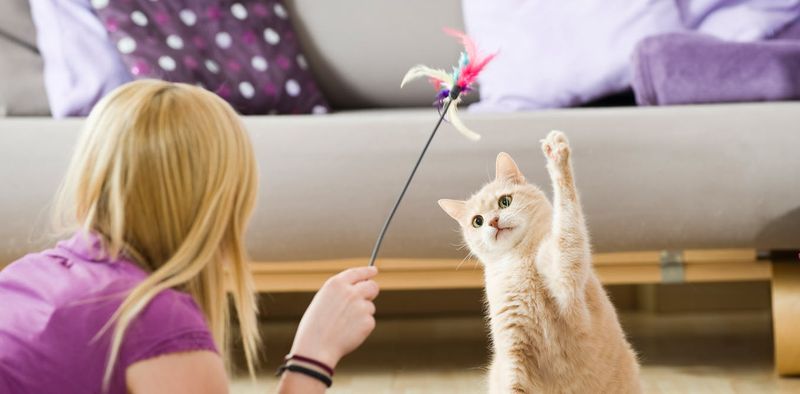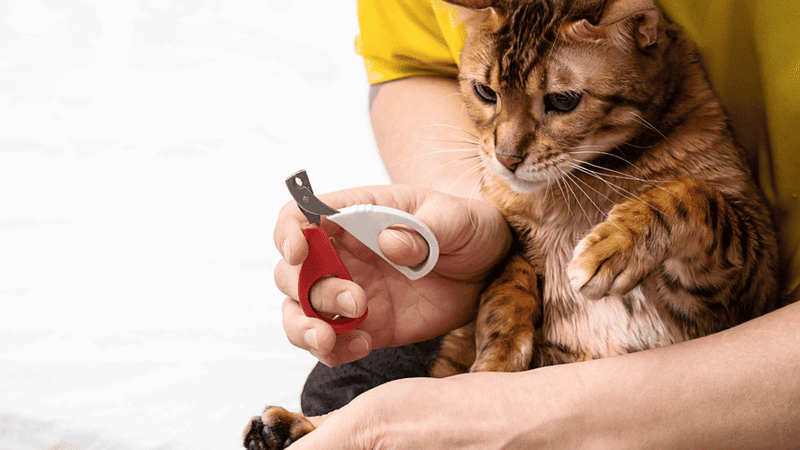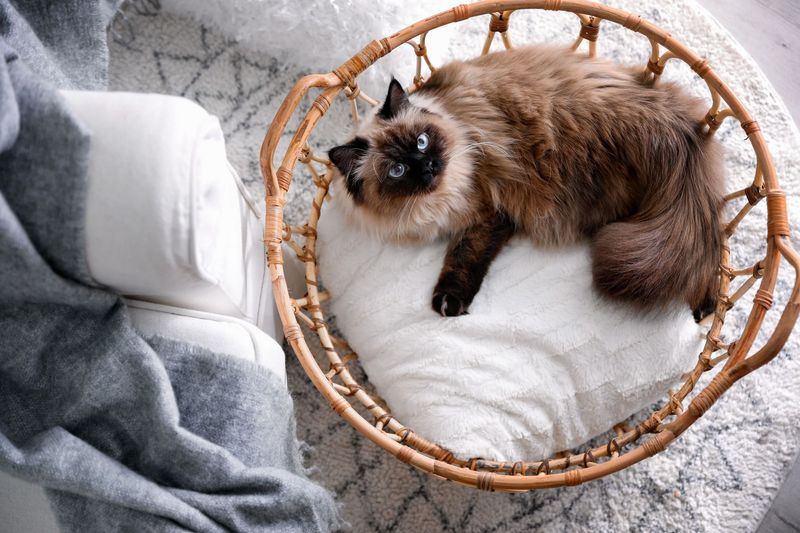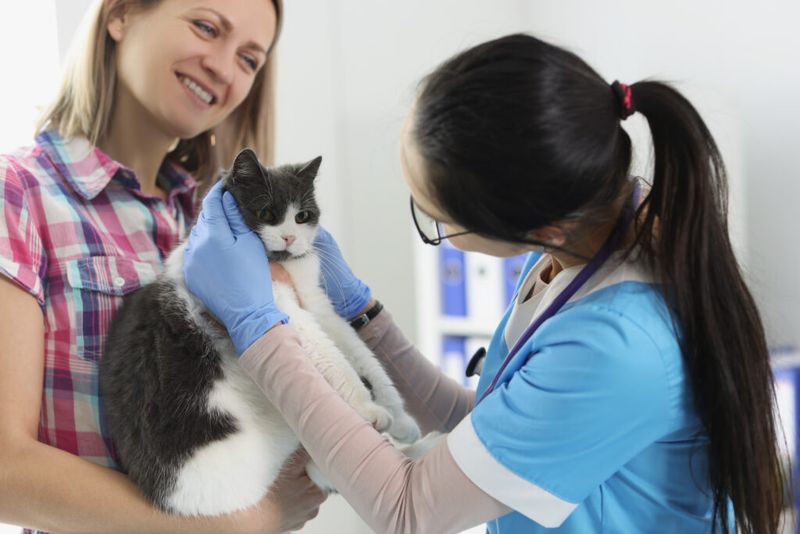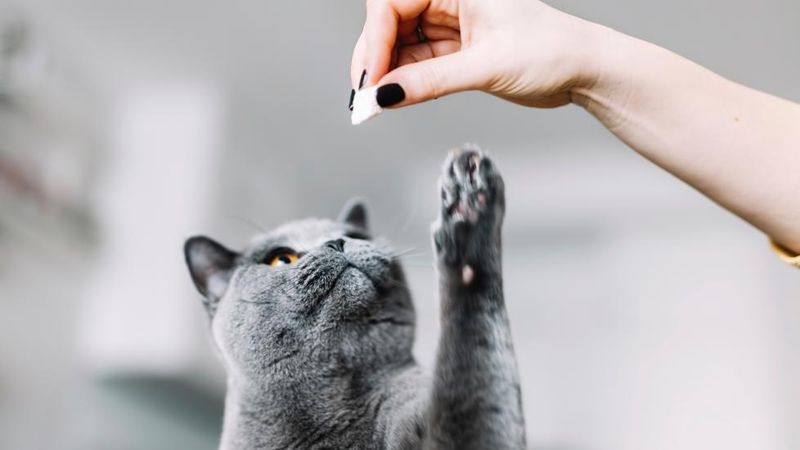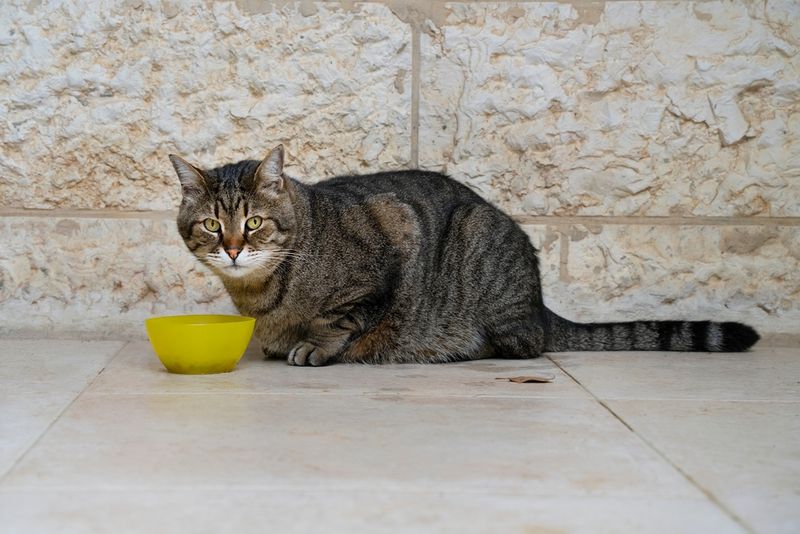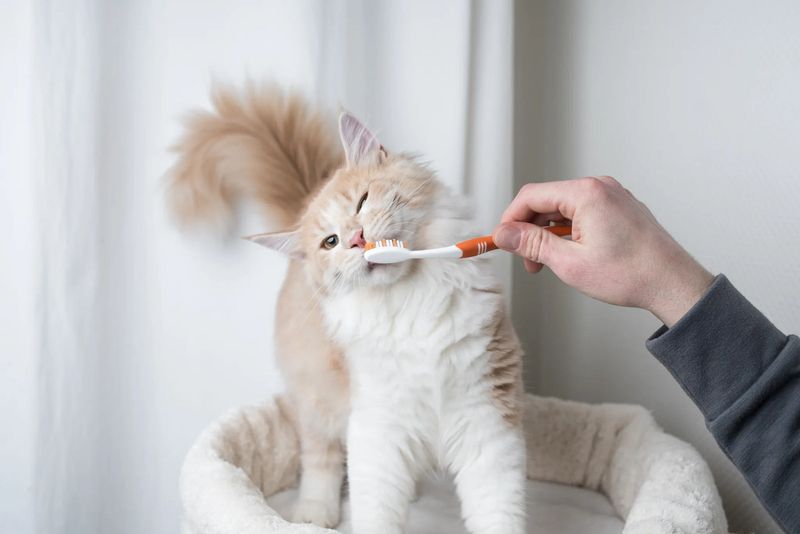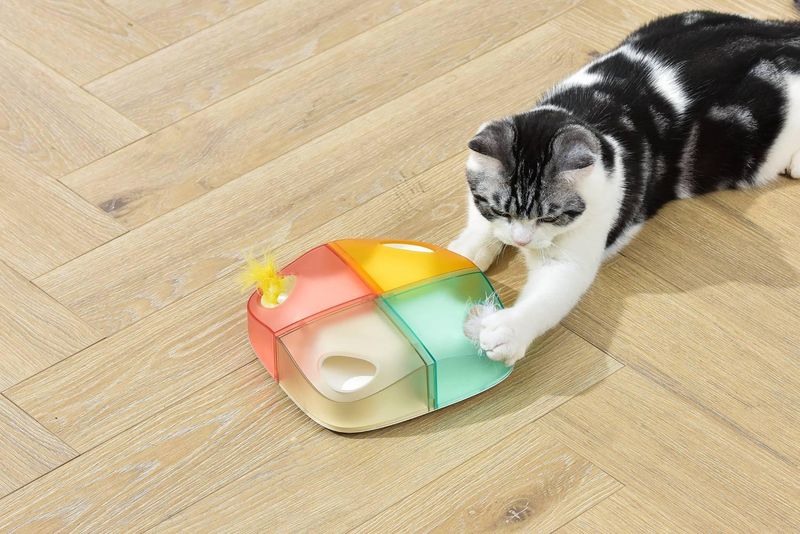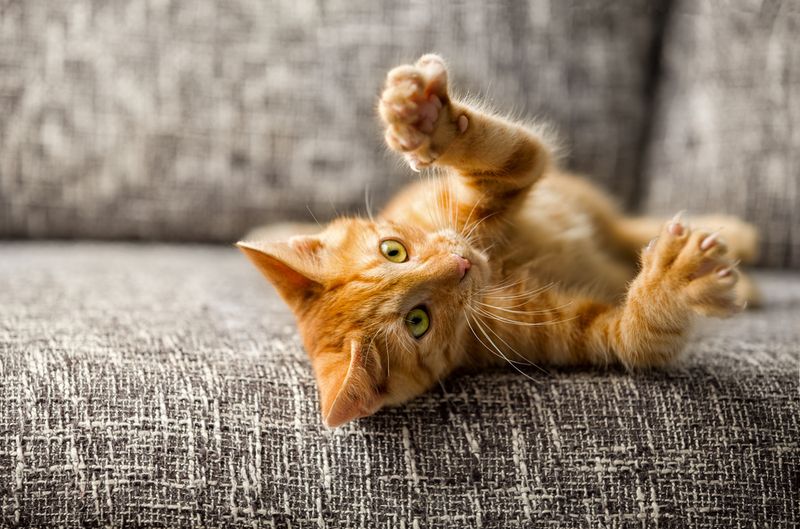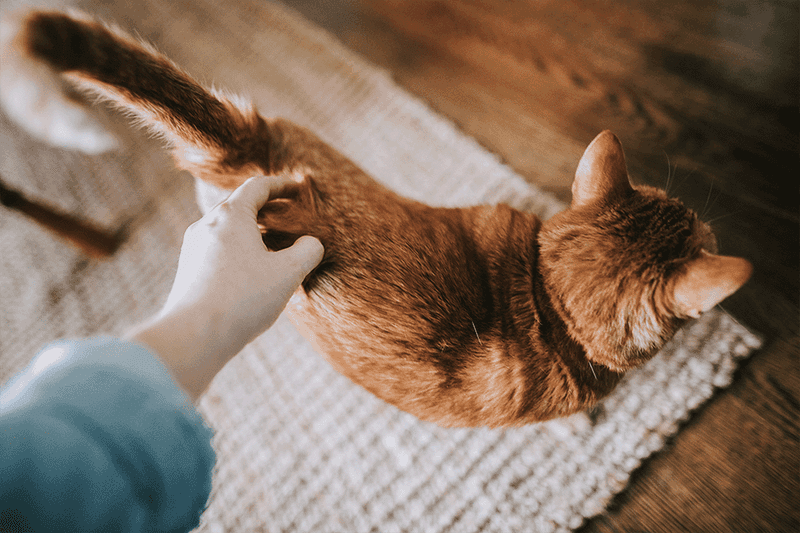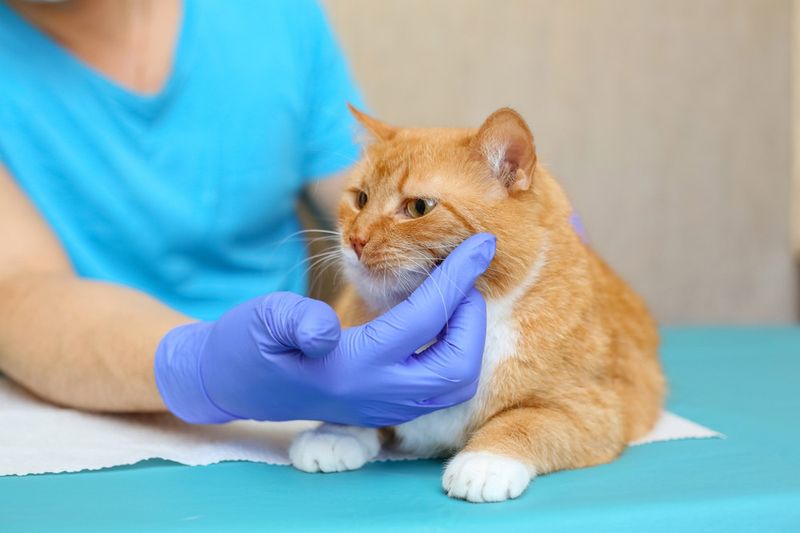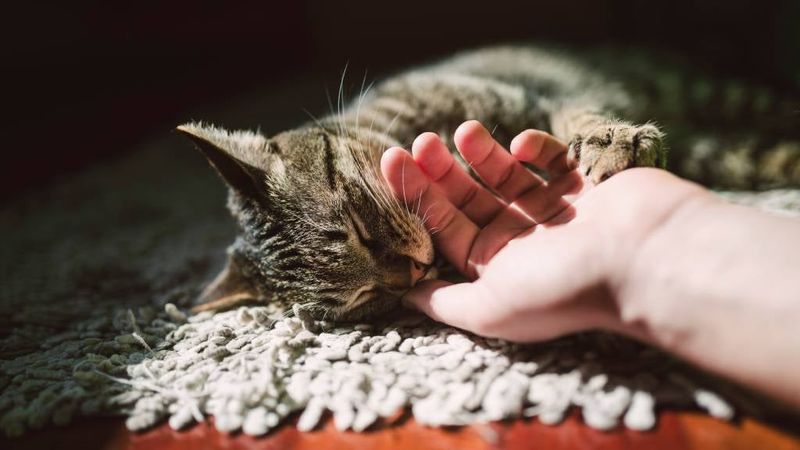📖 Table of Content:
- 1. Overfeeding
- 2. Ignoring Dental Care
- 3. Not Providing Enough Stimulation
- 4. Declawing
- 5. Not Understanding Cat Behavior
- 6. Skipping Regular Vet Visits
- 7. Using Harsh Discipline
- 1. Portion Control
- 2. Dental Routine
- 3. Engage with Play
- 4. Provide Scratching Alternatives
- 5. Learn Cat Signals
- 6. Regular Vet Visits
- 7. Positive Reinforcement
Cats make exceptional companions, yet their unique personalities and needs can sometimes confuse even the most attentive owners. From misinterpreting behaviors to overlooking health or diet needs, these common mistakes can impact a cat’s overall happiness. Understanding the nuances of feline care is essential to ensuring their well-being.
Many cat owners unknowingly make errors in meeting their cats’ specific needs, whether it’s in their daily routine or general care. These mistakes can create stress or discomfort for both the cat and the owner. Identifying and addressing these pitfalls can lead to a more harmonious relationship between cats and their humans.
Fortunately, solutions exist for each of these common issues, allowing owners to make adjustments that will benefit their furry friends. With a few simple changes, it’s possible to create a more fulfilling and enriching environment for any cat. By understanding these potential mistakes, a cat’s health and happiness can be significantly improved.
1. Overfeeding
Many cat owners mistakenly equate love with food, often leading to overfeeding their furry friends. The sight of a chubby cat may seem cute, but it can lead to obesity-related health issues. Cats have specific dietary needs, and feeding them too much can shorten their lifespan.
An overweight cat might appear sluggish and less playful, missing out on the joyful antics we adore.
Understanding your cat’s caloric needs and feeding them accordingly is crucial. This mistake is easily rectified with awareness and careful monitoring. So, next time, measure that kibble!
2. Ignoring Dental Care
Neglecting your cat’s dental health is a common oversight. Cats can suffer from gum disease and tooth decay just like humans, leading to discomfort and potential health issues. Bad breath is a tell-tale sign, often ignored until it’s too late.
Regular dental checks and providing dental treats or toys can help maintain oral health.
Brushing your cat’s teeth might seem daunting, but with patience, it becomes a manageable routine. Don’t let your feline friend suffer in silence; their purrs will thank you for fresh breath!
3. Not Providing Enough Stimulation
Boredom is a silent enemy for cats, leading to behavioral issues and depression. Many owners fail to provide enough mental and physical stimulation, assuming cats are low-maintenance pets.
Without toys, climbing trees, or interactive play, a cat’s life can become monotonous.
Engage your kitty with puzzle toys and regular play sessions to keep those whiskers twitching with excitement. Remember, a stimulated cat is a happy cat, ready to chase imaginary mice and bring joy into your home.
4. Declawing
Declawing might seem like a solution to scratched furniture, but it’s a painful procedure akin to amputating a finger at the last joint. Many cat owners are unaware of the physical and emotional toll it takes on their pets.
This procedure can lead to behavioral changes, making cats more aggressive or withdrawn.
Instead, provide scratching posts and train your cat to use them. Soft nail caps or regular claw trimming are humane alternatives. Protect your furniture and your cat’s well-being without resorting to drastic measures.
5. Not Understanding Cat Behavior
The behavior of cats can be perplexing, leading to confusion for many owners. When these actions are misunderstood, it can create friction between cats and their humans.
A paw swipe, for instance, might be seen as aggression when it’s actually playful or a result of overstimulation. Cat owners must learn to understand the subtle cues of body language.
Taking the time to observe and interpret these signals will foster a deeper bond. Remember, each tail flick or ear twitch tells a story, so pay attention!
6. Skipping Regular Vet Visits
Hiding illness is a natural instinct for felines, making it hard to catch health issues early. Skipping regular vet visits can lead to missed signs of potential problems.
Many owners mistakenly believe indoor cats are immune to diseases, which can lead to neglecting their health. Routine check-ups and vaccinations are essential for a healthy life.
Your vet can catch issues before they become severe, ensuring your feline stays fit and full of life. Don’t let the fear of a vet trip deter you; it’s a small price for peace of mind.
7. Using Harsh Discipline
Cats respond poorly to harsh discipline, as they don’t understand punishment like dogs do. Yelling or physically reprimanding can lead to stress and fear, damaging your relationship.
Positive reinforcement works wonders with cats. Reward good behavior with treats and affection.
Create an environment where your cat feels safe and loved. Remember, patience and kindness go a long way in training. Your feline friend will thrive in a supportive atmosphere filled with gentle guidance.
1. Portion Control
To combat overfeeding, establish a routine with measured portions tailored to your cat’s age, weight, and activity level. Invest in a quality kitchen scale to ensure accuracy. Consult your vet for personalized advice on calorie intake.
Opt for high-quality food with nourishing ingredients that satisfy without excess calories. Regular exercise complements a balanced diet, helping your cat maintain a healthy weight.
This mindful approach to feeding will keep your furry friend agile and content.
2. Dental Routine
Implementing a dental routine can prevent oral health issues. Start by selecting cat-friendly toothbrushes and toothpaste available at pet stores.
Gradually acclimate your cat to the sensation of brushing. Incorporate dental treats and toys designed to reduce plaque and tartar.
Regularly check for any signs of dental distress, like inflamed gums or persistent bad breath. A proactive approach to dental care ensures your cat’s teeth stay pearly white, and their purrs resonate with happiness.
3. Engage with Play
Stimulate your cat’s senses with a variety of toys and activities. Interactive toys, laser pointers, and climbing trees offer endless fun and exercise.
Dedicate time each day to play, creating bonds and enriching your cat’s life.
Rotate toys to maintain interest and prevent boredom. Engaging your cat in play fosters a lively spirit and reinforces your connection. Who can resist a playful kitty darting after a feather?
4. Provide Scratching Alternatives
Offer your cat a range of scratching options to protect your furniture and satisfy instinctual needs. Invest in quality scratching posts, pads, and cardboard scratchers.
Place them strategically in your home to entice your cat.
Encourage use by sprinkling catnip or rewarding with treats. Regularly trim your cat’s claws to minimize damage. These alternatives create a harmonious living space where both you and your feline friend are happy.
5. Learn Cat Signals
Develop a keen sense of observation to understand your cat’s unique signals. Watch for signs like ear positions, tail movements, and vocalizations to decipher their moods.
Spend time interacting and experimenting with different approaches to communication.
Resources like books or cat behaviorists provide valuable insights. By tuning into these subtle cues, you foster a trusting relationship, enhancing your bond and mutual respect.
6. Regular Vet Visits
Prioritize regular veterinary check-ups to catch health issues early. Schedule annual visits and keep up with vaccinations and parasite prevention.
Discuss any unusual behaviors or symptoms with your vet to address concerns promptly. This proactive care ensures your cat’s health remains in peak condition.
A healthy cat is a happy cat, ready to explore and cuddle without worries. Regular check-ups are a vital part of responsible pet ownership.
7. Positive Reinforcement
Embrace positive reinforcement to encourage desired behaviors. Reward your cat with treats, affection, or playtime when they behave well.
Avoid negative reactions that might instill fear or anxiety. Create a consistent and loving environment where your cat feels safe.
This approach strengthens trust and enhances your relationship, making for a harmonious home. A little patience and understanding go a long way with these independent yet affectionate creatures.
